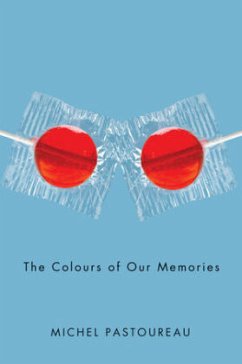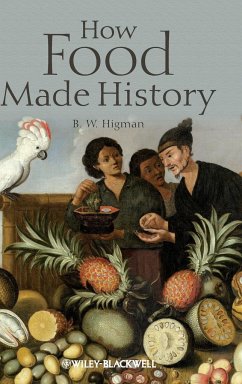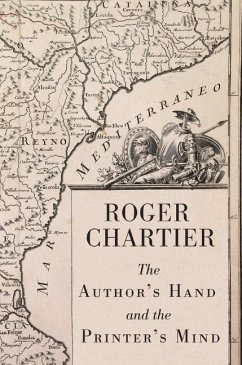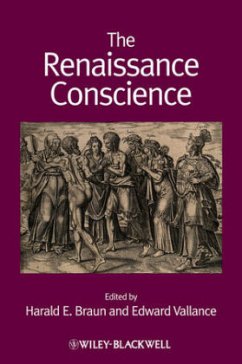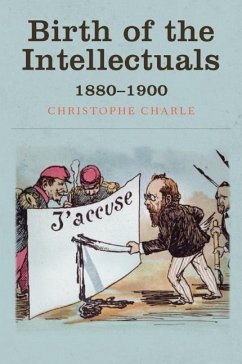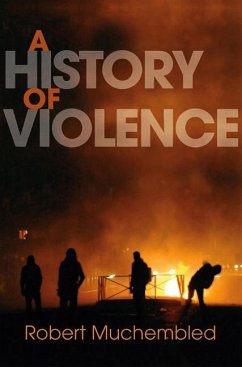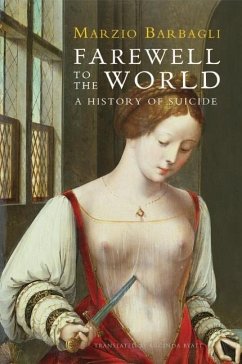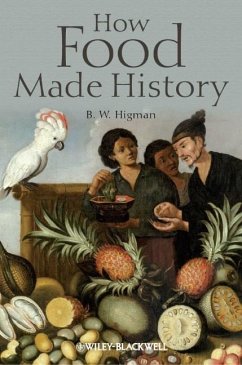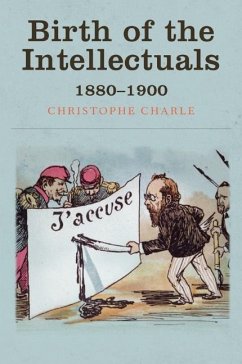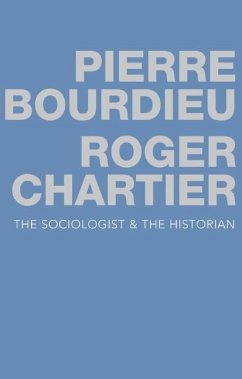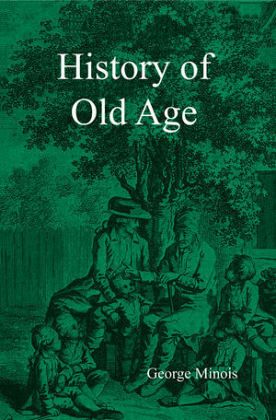
History of Old Age
Versandkostenfrei!
Versandfertig in über 4 Wochen
37,99 €
inkl. MwSt.

PAYBACK Punkte
19 °P sammeln!
This book is the first major study of the ways in which old age wasperceived in Western culture and society. Beginning from ancientPalestine and Classical Greece, Minois traces the changingconceptions of the nature, value and burden of the old.He shows how, in ancient Greece, the cult of youth and beauty, onthe one hand, and the reverence for the figure of the Homeric sage,on the other, created an ambivalent attitude towards the aged. Thisambiquity appears again in the contrast between the active rolethat senior citizens played in Roman politics, and their depictionin satirical literature of t...
This book is the first major study of the ways in which old age wasperceived in Western culture and society. Beginning from ancientPalestine and Classical Greece, Minois traces the changingconceptions of the nature, value and burden of the old.
He shows how, in ancient Greece, the cult of youth and beauty, onthe one hand, and the reverence for the figure of the Homeric sage,on the other, created an ambivalent attitude towards the aged. Thisambiquity appears again in the contrast between the active rolethat senior citizens played in Roman politics, and their depictionin satirical literature of the period. Christian literature in theMiddle Ages also played a large part in defining thesociety s perception of the old, both in the image of therevered holy sage and in the total condemnation of the aged sinner.
Minois traces the increasingly positive image of old age invarious professions from the eleventh to the sixteenth centuries.He shows how, as medical advances lengthened the averagelife-span, more and more old people were seen to take anactive part in the life of the society. Throughout, Minoisconsiders the interrelation of literary, religious, medical andpolitical factors in the social fate of old men and women and theirrelationship with the rest of society.
He shows how, in ancient Greece, the cult of youth and beauty, onthe one hand, and the reverence for the figure of the Homeric sage,on the other, created an ambivalent attitude towards the aged. Thisambiquity appears again in the contrast between the active rolethat senior citizens played in Roman politics, and their depictionin satirical literature of the period. Christian literature in theMiddle Ages also played a large part in defining thesociety s perception of the old, both in the image of therevered holy sage and in the total condemnation of the aged sinner.
Minois traces the increasingly positive image of old age invarious professions from the eleventh to the sixteenth centuries.He shows how, as medical advances lengthened the averagelife-span, more and more old people were seen to take anactive part in the life of the society. Throughout, Minoisconsiders the interrelation of literary, religious, medical andpolitical factors in the social fate of old men and women and theirrelationship with the rest of society.



